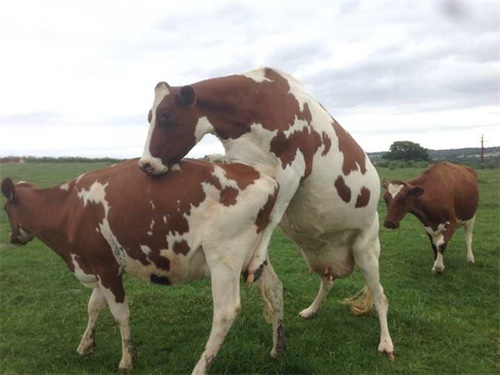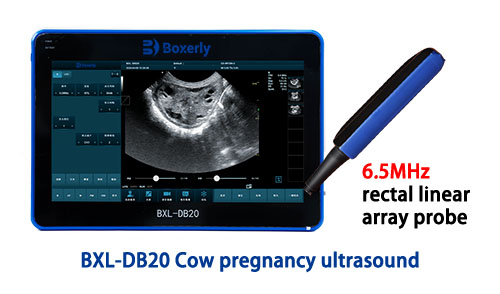Let's get straight to the conclusion: under normal circumstances, cows that are not pregnant will not have milk. Cows produce milk mainly to feed their calves, a behavior called "lactation" in biology. After the calf is weaned or taken away, the cow enters the "dry milk phase", where mammary gland activity gradually ceases and the body begins to prepare for the next pregnancy. Empty pregnancy refers to the period between the birth of a cow and the next successful pregnancy, when the physiological state of the cow has been removed from the need to breastfeed, so the udder will not actively lactate. However, some special cases should be noted, such as when the cow has just finished lactation but has not completely dried milk, there may be a small amount of residual milk, but this is a transitional stage, not a normal phenomenon.

Physiological characteristics of cows during idle pregnancy
The body of the cow in the empty period is mainly doing two things: one is to restore postpartum physical fitness, and the other is to reserve nutrients for the next pregnancy. For cows that have just given birth, the uterus needs time to repair, a process that takes about 60 days. Some cows have not been in heat for more than two months after giving birth, or have failed to conceive after two breeding, at which time it is necessary to consider whether the uterus is not recovering well, or there are other health problems. Such as endometritis, ovarian cysts, these problems will make the cow delayed pregnancy. At this time, when the naked eye is not enough, the cow has to ultrasound to check the state of the uterus to see if there is fluid accumulation, inflammation, or the development of follicles on the ovary.
Nutrition management is particularly important at this stage. Cows that are too fat or too thin do not work. Cattle that are too thin need to concentrate on feeding concentrate and raise their fat condition to a medium level. Cattle that are too fat should control their feed instead to prevent fat accumulation from affecting ovulation. Some farms feed empty cows functional additives, such as vitamin E and selenium, which can help improve pregnancy rates. But the most important is daily observation, such as the cow body condition score of 2.5-3.5 points, this score is mainly based on the ribs, spine and pelvis fat coverage, can be judged by the hand.

Scientific management improves reproductive efficiency
If you want to make empty cows pregnant early, you have to do three things: regular checking, accurate breeding, and timely pregnancy testing. This is when cows are observed for signs of heat, such as restlessness, climbing over other cows, swelling of the vulva and bleeding mucus. However, it is easy to miss the detection by manual observation, especially on large cattle farms. Now many pastures will use B-ultrasound machines to assist, such as 12 days after breeding can check uterine changes, 24 days can confirm fetal heart beat. The cow ultrasound from Boxiang is very practical, the rectal probe is easy to operate, the image clarity is high, and the empty cow is found 36 days in advance than the traditional hand inspection, which can save a lot of feed money.

BXL-DB20 Cow pregnancy ultrasound
Feed collocation is also exquisite. The staple food of the cows during the empty pregnancy period is roughage, such as wheat straw and corn silage, which is fed once a day and once a day in the morning and night, and the concentrate is given 0.5% of its body weight. Here is a detail to pay attention to: moldy feed must not be fed, especially in the winter of frozen feed, eat easy diarrhea. The barn environment should also be kept clean, the bedding grass should be changed once a week, the summer ventilation and cooling, the winter warm and cold, so that the cows can keep in good condition.
Finally, the benefits of technological upgrading. In the past, pregnancy tests were all based on experience, but now a B-ultrasound scan of the rectum can give results in five minutes. For example, 30 days after mating do the first check, 60 days to review fetal development, by the way to see if there is no uterine disease. Some cattle farms will also provide herd management based on B-ultrasound data, such as individual replenishing for poor body condition, and putting together care for those close to calving time. These methods seem simple, but they are especially useful for shortening the empty period and increasing the number of calves per year.
tags:


